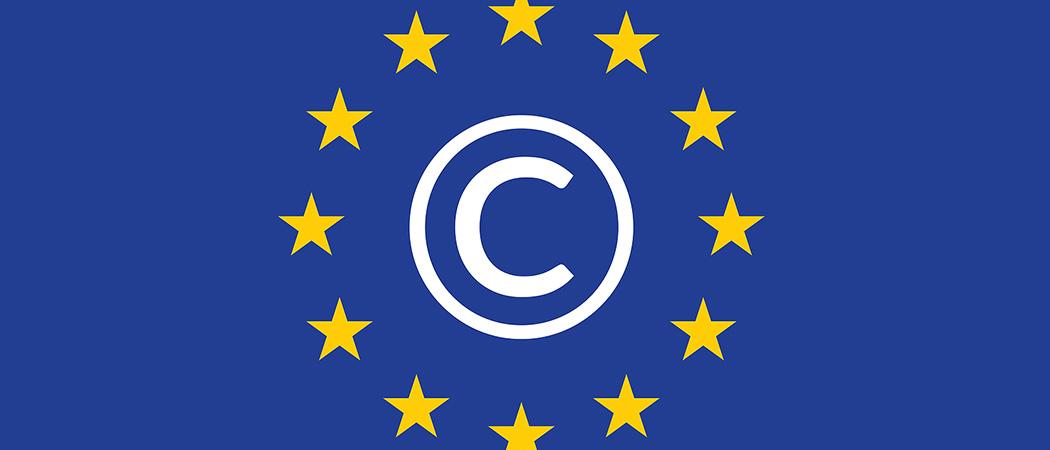European Commission boasts of high level of open access publishing in Horizon 2020. But researchers complain getting processing fees approved is long winded and could result in them losing out on intellectual property rights

More than 80% of scientific papers stemming from Horizon 2020 funded projects were published in open access formats, according to the European Commission in a new report.
Of the total number of the open access papers in Horizon, 56% were published in open access journals, while the rest were published behind a journal paywall but archived by authors in open access repositories.
According to the report, 86% of publications based on projects funded through the excellent science pillar in Horizon 2020 were published in open access. The highest rates of open access publication were in projects funded through the European Research Council (ERC) and the Future and Emerging Technologies (FET) programme, where rates were over 88%.
A large majority of Horizon 2020 researchers complied with the requirement to deposit open access publications in repositories. However, only 39% of Horizon 2020 deposited datasets are findable, with the remainder not including reliable metadata needed to track them down. Only 32% of deposited datasets can be quickly accessed via a link in the metadata.
Under Horizon 2020 researchers were required for the first time to publish the results of EU-funded projects in open access publications. To promote this, in 2018, a consortium of national research agencies and funders from 12 European countries launched Plan S, an international effort to make research papers funded with public money openly available.
Since then, the EU has also mandated that all papers coming from projects funded through Horizon Europe, its €95.5 billion research programme, should be published in open access journals.
The study estimates the average cost in Horizon 2020 of publishing an open access article was around €2,200. Processing charges for articles in subscription journals in which some of the articles are open access and some behind a paywall, had a higher average cost of €2,600. Trouble is looming, with charges for such hybrid journals no longer be eligible for funding under Horizon Europe.
Credit card problems
The report, commissioned by the EU to evaluate the impact of open access requirements in Horizon 2020, was written by a consortium involving the Lithuanian policy analysis company PPMI, Athena Research and Innovation Centre Athena, and Maastricht University.
According to researchers interviewed for the report, paying the processing fees needed to ensure open access to Horizon 2020 publications was often burdensome and lengthy.
Publishers outside Europe often require online payment of processing fees by credit card. In many EU member states, regulations for public institutions prevent universities from making payments with credit cards. The bank transfers that are required instead, can take months to get approved.
Researchers say they risk being pipped to the post and being unable to claim intellectual property rights, while waiting for their institutions to approve payment of processing fees.
Many researchers and institutions were not fully aware of the open access requirements in Horizon 2020. Some researchers reported they paid thousands of euros in processing fees out of their own pockets, because they were unaware the fees were eligible for reimbursement from the Horizon 2020 budget.
Excluding hybrid journals from eligible costs in Horizon Europe will make the programme’s open access policy more cost effective, the report says.
However, some researchers interviewed for the report argue that processing fees for hybrid journals should continue to be funded in the case of papers that result from EU grants, but which are published after the formal end of the grant. Especially in the social sciences, EU-funded researchers prefer to publish their results as book chapters, which take much longer to publish.
The Commission has made the entire dataset used for this report available on Data Europa EU.
Editor’s note: This article has been updated 9 September to clarify the percentage of papers in open access journals, compared to papers archived in open access repositories.





 A unique international forum for public research organisations and companies to connect their external engagement with strategic interests around their R&D system.
A unique international forum for public research organisations and companies to connect their external engagement with strategic interests around their R&D system.